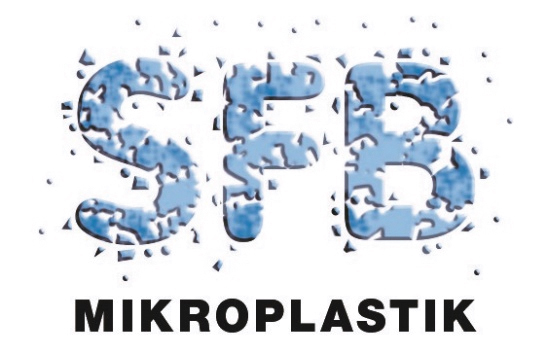News
New CRC 1357 publication: Wieland (2022) - From properties to toxicity: Comparing microplastics to other airborne microparticles
15.04.2022

Congratulations to Simon Wieland, Anja Ramsperger, Christian Laforsch, Holger Kress and students from the Life Sciences Program ofthe Studienstiftung Aylin Balmes, Julian Bender, Jonas Kitzinger, Felix Meyer, Franz Roeder, Caroline Tengelmann, Benedikt Wimmer on their new publication in the Journal of Hazardous Materials:
"From properties to toxicity: comparing microplastics to other airborne particles"
DOI: https://doi.org/10.1016/j.jhazmat.2021.128151
Abstract: Microplastic (MP) debris is considered as a potentially hazardous material. It is omnipresent in our environment, and evidence that MP is also abundant in the atmosphere is increasing. Consequently, the inhalation of these particles is a significant exposure route to humans. Concerns about potential effects of airborne MP on human health are rising. However, currently, there are not enough studies on the putative toxicity of airborne MP to adequately assess its impact on human health. Therefore, we examined potential drivers of airborne MP toxicity. Physicochemical properties like size, shape, ζ-potential, adsorbed molecules and pathogens, and the MP’s bio-persistence have been proposed as possible drivers of MP toxicity. Since their role in MP toxicity is largely unknown, we reviewed the literature on toxicologically well-studied non-plastic airborne microparticles (asbestos, silica, soot, wood, cotton, hay). We aimed to link the observed health effects and toxicology of these microparticles to the abovementioned properties. By comparing this information with studies on the effects of airborne MP, we analyzed possible mechanisms of airborne MP toxicity. Thus, we provide a basis for a mechanistic understanding of airborne MP toxicity. This may enable the assessment of risks associated with airborne MP pollution, facilitating effective policymaking and product design.

